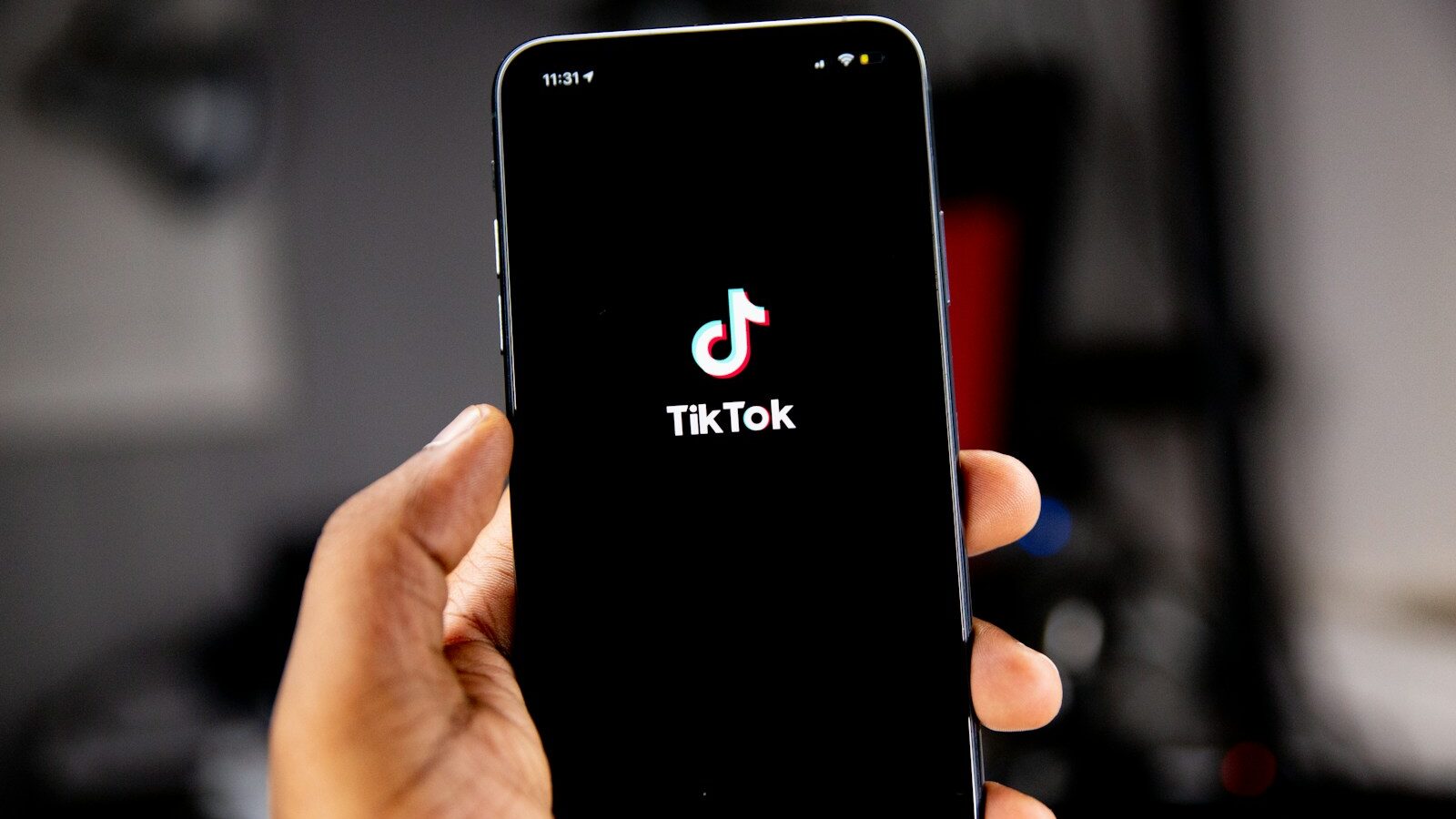Improving HR's business impact must be a priority for future-thinking, strategic HR professionals. This article looks at one key aspect of impact: the importance of having a data-driven model. If you'd like to delve deeper into this topic and understand at a broader level how to improve HR's business impact, download our whitepaper – Make HR #1 for Business Impact – now.
If you haven’t made the shift to data-driven decision making in HR, then you are hurting your firm’s growth and you’re definitely not an HR business leader.
You can easily prove how many in HR have already made the shift by looking on Twitter and finding #HRAnalytics or #PeopleAnalytics which receive daily use. There are also over one million blogs that have discussed this topic in one form or another.
Lastly, the Washington Post quotes: “Today, 4,500 companies have at least one employee focused on people analytics; half the companies created those positions after 2010.”
However, peer pressure should not be your driver; instead it should be the potential results of making data-based decisions that impact your firm’s growth.
To help you fully understand why you need to make this shift; below are the top 10 most important reasons why you need to immediately begin making the shift towards data-driven decision-making.
1. Predictive analytics prepares you for the future
The most important component of data-based decision-making is the ability to predict trends and upcoming problems/opportunities in talent management.
Metrics can help HR leaders see which of their existing programs and tools are working.
Trends and data will provide you with an opportunity to stop guessing about the future and instead routinely make informed more accurate decisions about what is likely to happen in the future.
Data will alert you about shifts in historical talent patterns at your firm, which patterns will remain steady and which ones will dramatically change in the future. This information can let decision-makers know when and where their current HR approaches need to change.
2. Numbers and data are the most effective way to influence managers and executives
One of the most difficult problems in talent management is how to get managers to follow HR advice and protocols. Fortunately, executives and managers are almost always fanatical about numbers, so data can be used to influence them and to change their behavior.
Trends and data will provide you with an opportunity to stop guessing about the future
As Google has found, “The best thing about using data to influence managers is… it’s hard for them to contest it” and “For most people, just knowing that information causes them to change their conduct.” Since a great deal of people management work is done by managers, it’s essential that they are directly provided with whatever numbers and data that have been proven to make them more compliant and effective.
Since CFOs love metrics also, incorporating them into your plans and new program proposals will increase the likelihood that you will get more executive support and funding.
Working with the CFO to convert all of your talent management results into their “dollar impact on revenue” will make it easy to compare your business impacts to those of other more visible business functions. If you report the ROI of individual talent programs, you will also be able to compare their effectiveness to the programs from other business functions.
3. Data allows you to find out if existing approaches are working
Metrics can help HR leaders see which of their existing programs and tools are working and which ones are not (so that you can stop using them or fix them). Analytics also allow you to assess the effectiveness of new programs.
You should require all new talent programs to utilize data-driven decision-making, and to include analytics and performance metrics.
If you do, both program leaders and executives will be able to quickly see the effectiveness of existing and new HR programs.
4. Data can identify the hidden causes of problems
You can’t really improve weak-performing programs unless you know the critical success factors that make them effective.
If HR goes beyond typical “what happened metrics” and gathers what I call “Why or root cause metrics”, it can use data identify the hidden or “root causes” of HR problems.
I have found that not knowing the root causes of problems and specifically “why” new programs work can dramatically reduce your credibility with executives when they go into “solution mode”.
5. Data helps you accurately funnel resources into those high business impact areas
Once your data reveals the highest business impact programs and which ones in that group are not working, you can more accurately allocate your HR budget and staff to the areas where they can have the highest impact and ROI.
Obviously you can then put the most effort and resources into the factors that have the most impact on improving the performance of key programs.
6. Continuous improvement and lower error rates are possible
Data is the best driver of continuous improvement.
This fact is illustrated by the classic HP slogan “You can't improve what you don't measure… and generally… whatever you measure… improves”.
The stark reality is that revealing under-performance has the effect of forcing leaders to realize that there is still room for improvement.
Because data also highlights process errors, the use and distribution of data reports will dramatically decrease the number of major errors (i.e. bad hires, preventable turnover, delayed terminations, etc.) and weak decisions within the talent management function.
7. Data can speed up and increase the consistency of talent decisions
One of the major problems in talent management is inconsistency in different parts of a large organization.
However, if you periodically gather and report data on best practices and “what works”, you’re much more likely to get more consistent and accurate people management decision-making across your organization.
And because most data reports are in electronic form, it’ll be much faster and easier for decision-makers everywhere to have access to accurate and up-to-date information.
8. Employees can also benefit from metrics
Top-performing employees demand that you keep score with numbers (champions always keep score and they love accountability).
Under a data-based approach, employees will have to suffer through fewer “surprises” because their performance level, successes and errors will be measured and reported to them continuously.
9. An opportunity to be strategic
The definition of being strategic includes being forward-looking and impacting business goals.
The Holy Grail of business success is increasing corporate profits.
So implementing predictive analytics and database decision-making can demonstrate to executives that you are acting strategically by forecasting, assessing risk and preparing for the future.
Because strategic analytics are predictive and reveal business impacts, they make it more likely that elements of the HR plan will be integrated into the overall strategic business plan.
10. Database decision-making can directly increase profit
The Holy Grail of business success is increasing corporate profits. Fortunately, a recent study by the Harvard Business Review group found that advanced user firms that most effectively managed their workforce using analytics improved their firm’s profit by as much as 65%.
The future of HR is to dramatically impact business results.
Working with the CFO’s office, it is possible to quantify the dollar impact that HR actions at your firm have on business goals and especially your corporate revenue and profit.
The future of HR is to dramatically impact business results. However, in-order for this to happen, HR needs to stop looking inward to its own department for fixes and learn to look at those departments that are currently creating market share, revenue, profit and great customer satisfaction.
Also, HR needs to accept that people with skills such as marketing, data science, research and other business acumen roles must be part of the HR team. Now is the time to build your data-driven HR Strategy.
Find out more by downloading our whitepaper – Make HR #1 for Business Impact








